
Type
Publisher
Sustainability
Publisher
Sustainability
Version:
2022.
(Current)
Short Description
This research aims to identify the most suitable sustainable construction method for high-rise building construction in Australia; results show that the off-site construction method and robotic construction technique significantly improve the construction performance of high-rise construction in Australia.
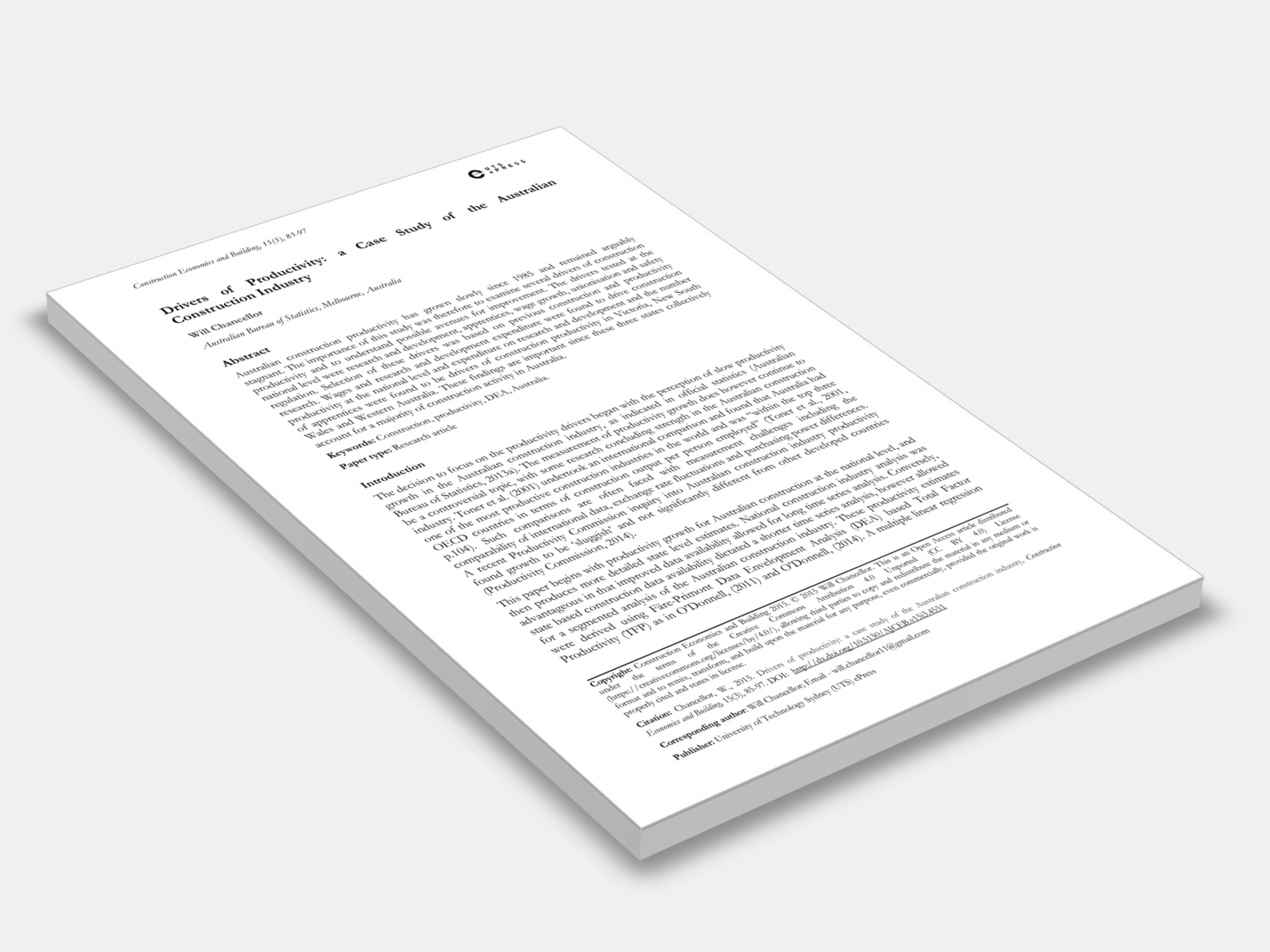
Type
Publisher
Construction Economics and Building
Publisher
Construction Economics and Building
Version:
2015.
(Current)
Short Description
Wages and research and development expenditure were found to drive construction productivity at the national level and expenditure on research and development and the number of apprentices were found to be drivers of construction productivity in Victoria, New South Wales and Western Australia.
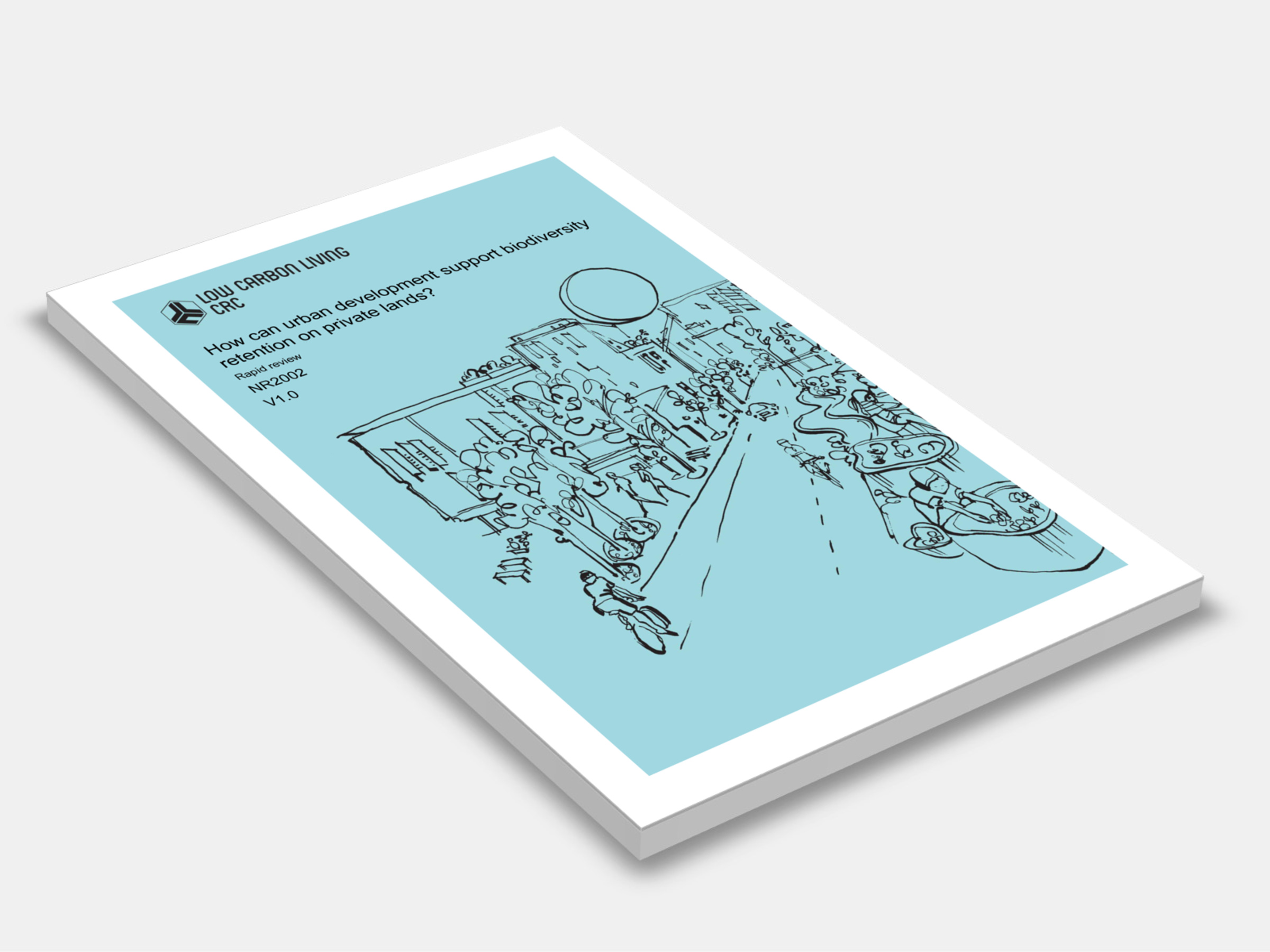
Type
Publisher
Australian Government
Publisher
Australian Government
Version:
2020
(Current)
Short Description
The objective of this rapid review is to locate and summarise published peer-reviewed review papers, where possible, relating to the retention of biodiversity on private land in urban areas; the main question that this rapid review answers is “How can urban development support biodiversity retention on private lands?”
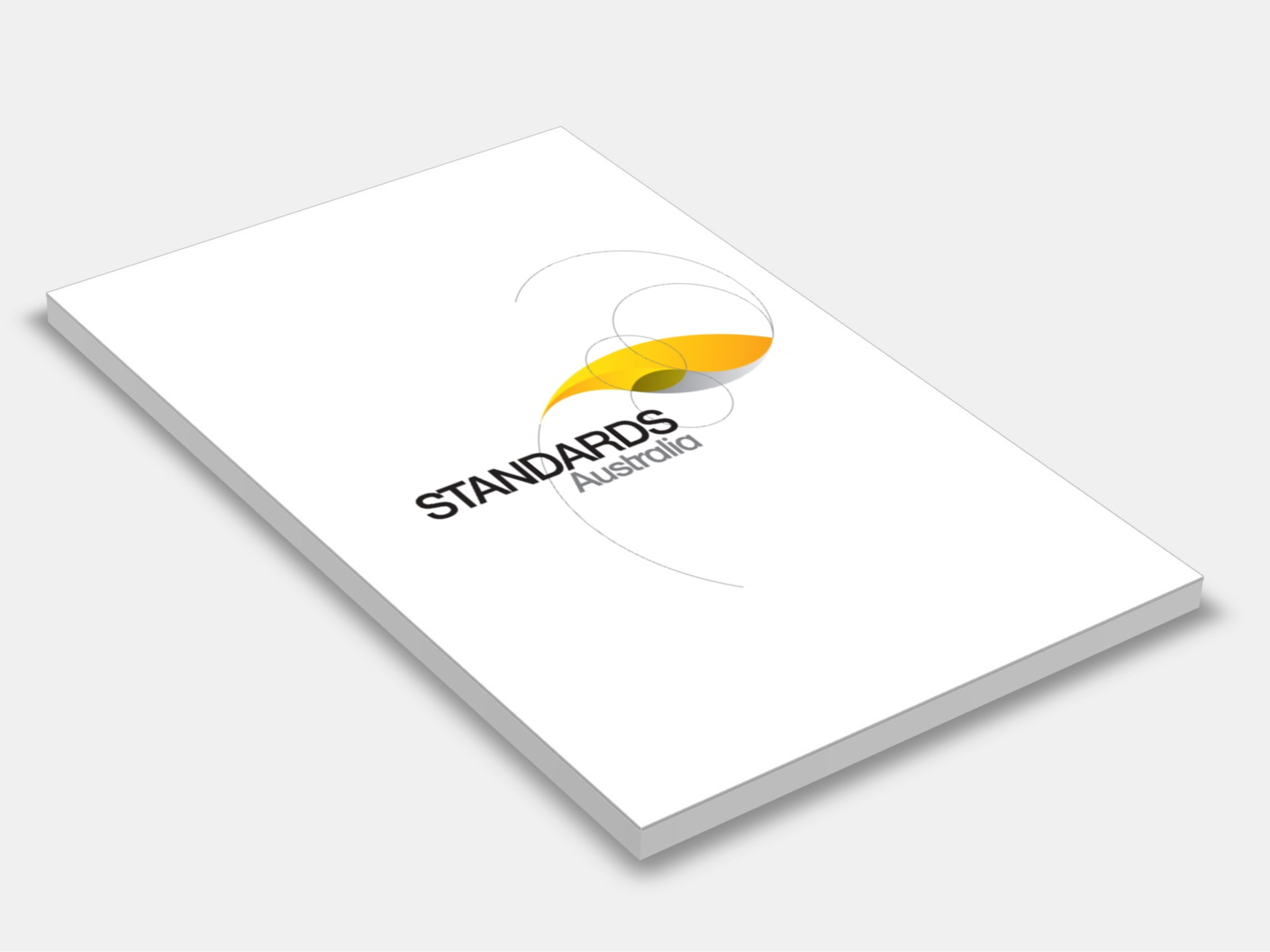
Type
Publisher
Standards Australia
Publisher
Standards Australia
Version:
Fourth Edition 2021.
(Current)
Short Description
This Standard, part of the AS 1684 series, specifies requirements for building practice and the selection, placement and fixing of the various structural elements used in the construction of timber-framed Class 1 and Class 10 buildings as defined by the National Construction Code; provisions also apply to alterations and additions to such buildings; to be used in conjunction with the Supplements.

Type
Publisher
Standards Australia
Publisher
Standards Australia
Version:
Fourth Edition 2024.
(Current)
Short Description
AS 1684.4:2024, part of the AS 1684 series, provides the building industry with procedures that can be used to determine building practice, to design or check construction details, and to determine member sizes, and bracing and fixing requirements for timber-framed construction in non-cyclonic wind classifications N1 and N2.
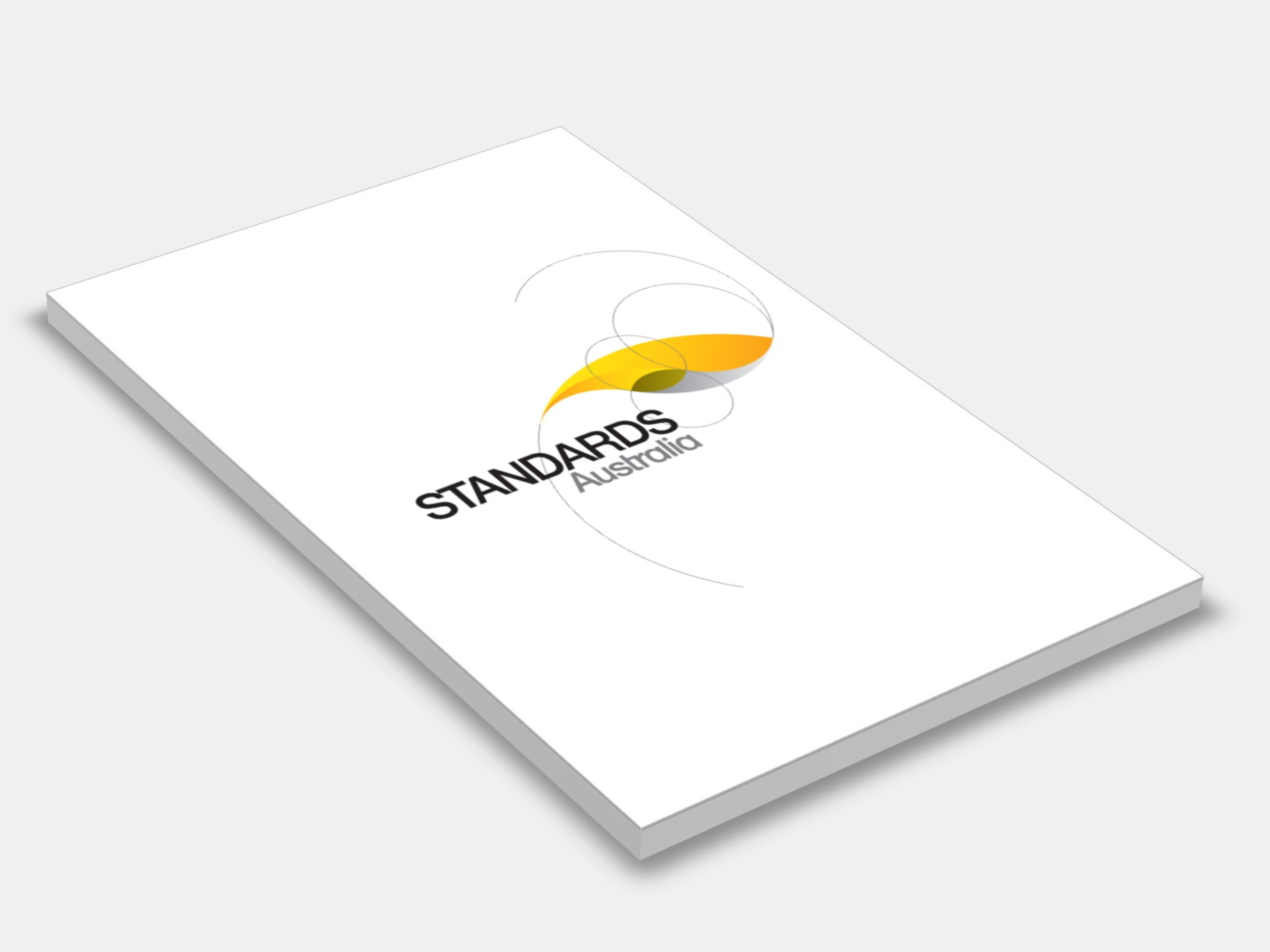
Type
Publisher
Standards Australia
Publisher
Standards Australia
Version:
Fourth Edition 2018.
(Pending Revision)
Short Description
Specifies requirements for the construction of buildings in bushfire-prone areas in order to improve their resistance to bushfire attack from burning embers, radiant heat, flame contact and combinations of the three attack forms.

Type
Publisher
Standards Australia
Publisher
Standards Australia
Version:
Fourth Edition 2021.
(Current)
Short Description
AS 1684 specifies requirements for building practice and the selection, placement and fixing of the various structural elements used in the construction of timber-framed Class 1 and Class 10 buildings as defined by the National Construction Code; provisions apply to alterations and additions to such buildings; to be used in conjunction with the AS 1684 Supplements.
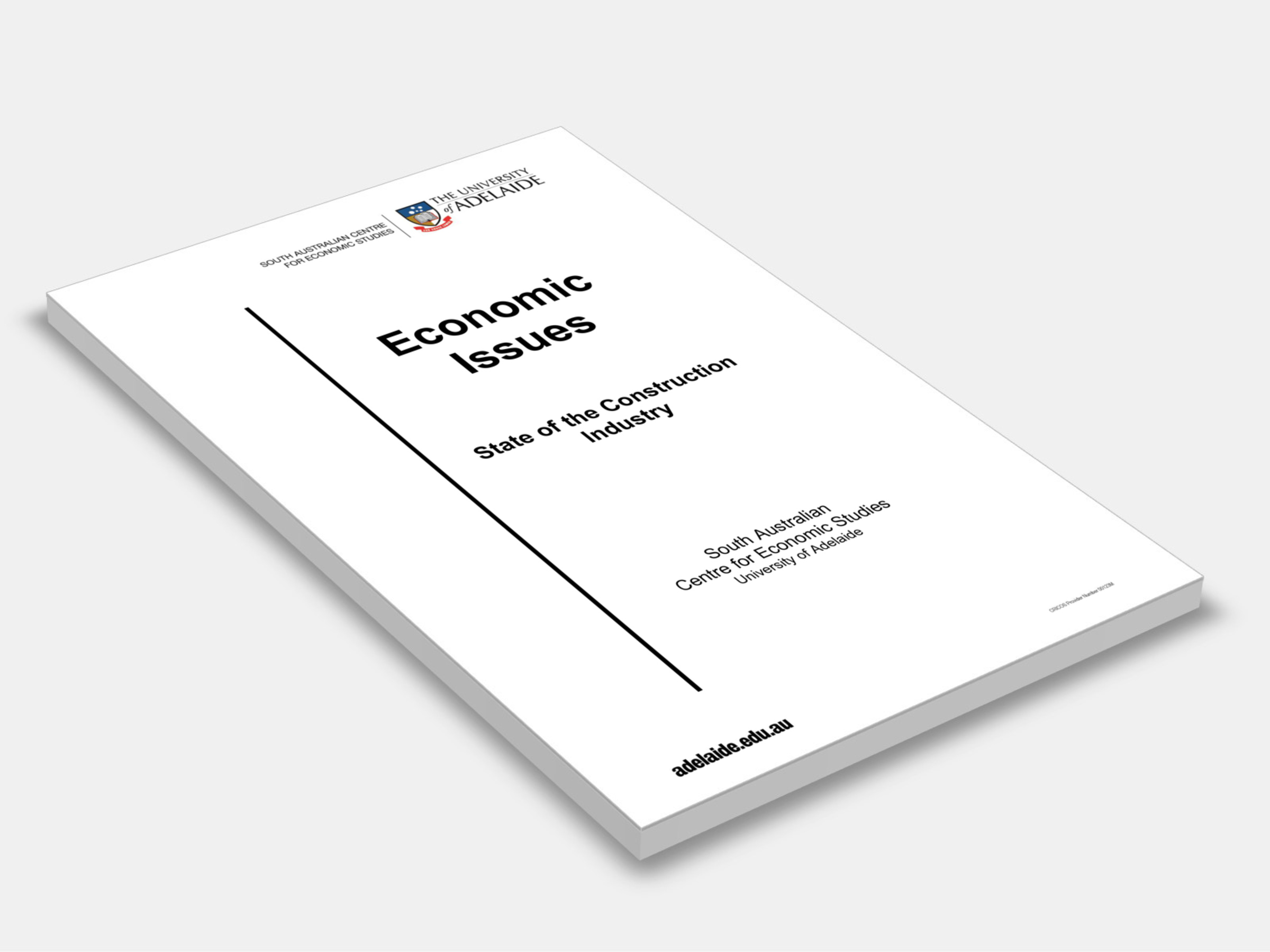
Type
Publisher
South Australian Centre for Economic Studies
Publisher
South Australian Centre for Economic Studies
Version:
2022.
(Current)
Short Description
This paper presents various indicators that track the performance of the construction sector.
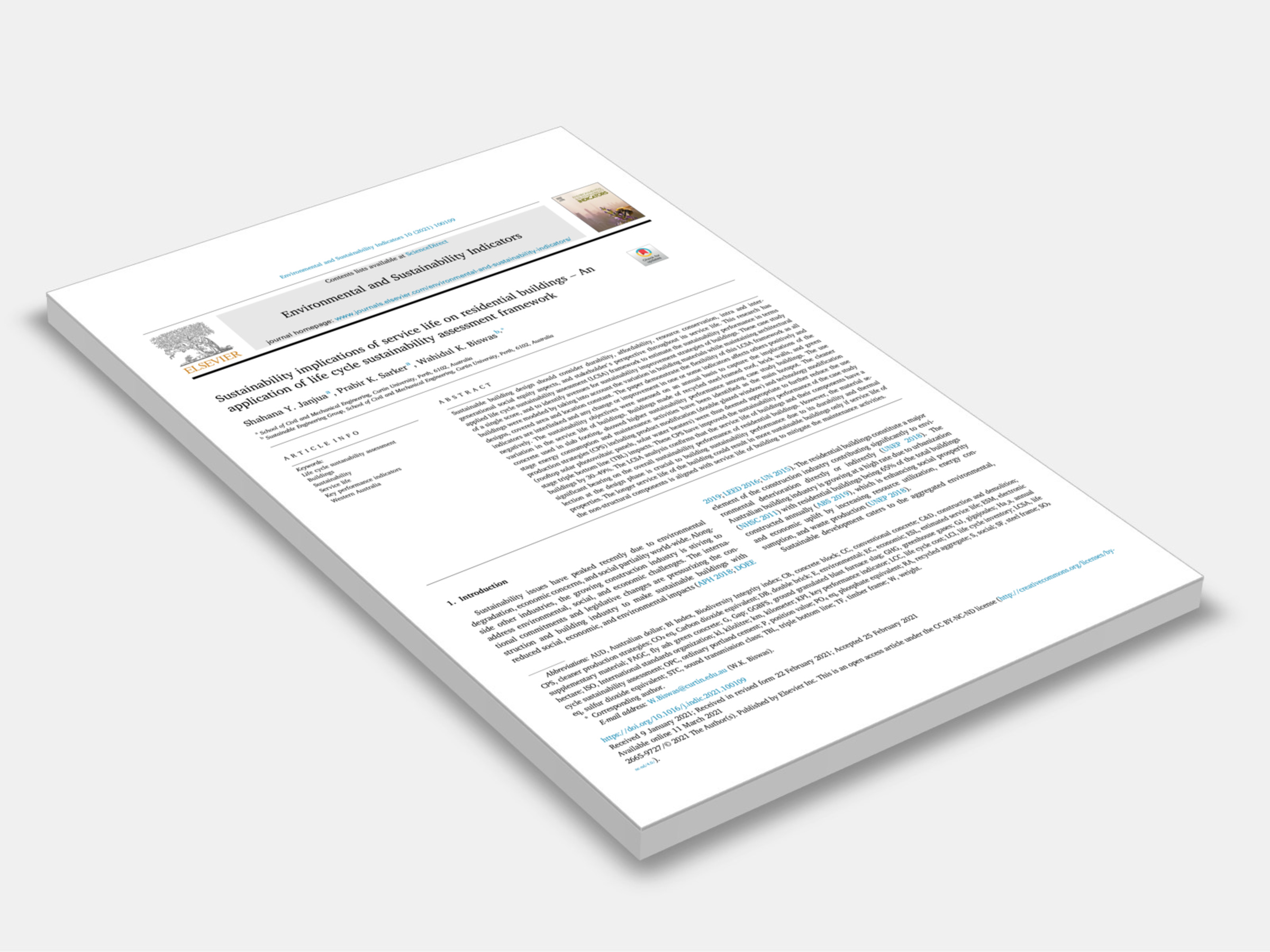
Type
Publisher
Environmental and Sustainability Indicators
Publisher
Environmental and Sustainability Indicators
Version:
2021.
(Current)
Short Description
Sustainable building design should consider durability, affordability, resource conservation, intra and intergenerational social equity aspects, and stakeholder’s perspective throughout its service life; this research has applied life cycle sustainability assessment (LCSA) framework to estimate the sustainability performance in terms of a single score, and to identify avenues for sustainability improvement strategies of buildings.

Type
Publisher
National Centre for Vocational Education Research
Publisher
National Centre for Vocational Education Research
Version:
2011.
(Current)
Short Description
This paper examines sustainable environmental solutions in domestic plumbing.